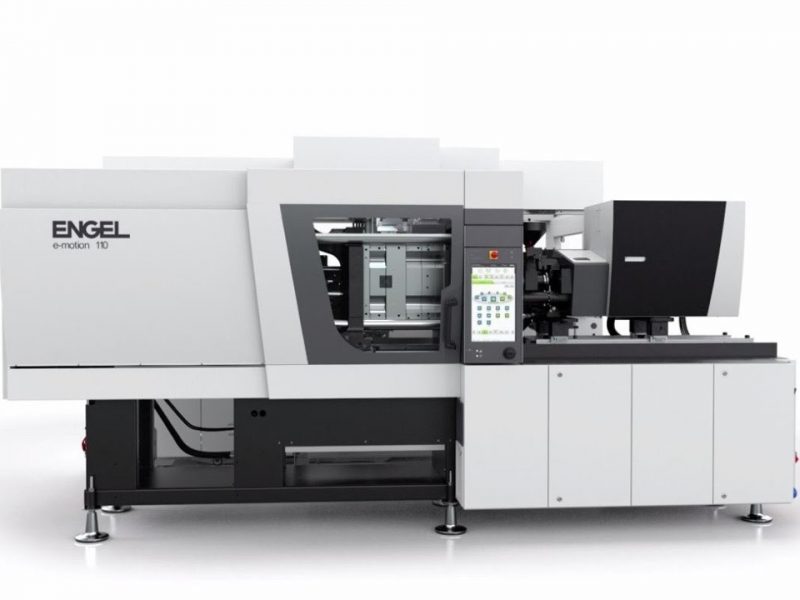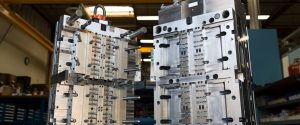
The worldwide availability of molding methods may suggest that any choice is a good one, but strategic manufacturers understand that the types of molding and services offered vary greatly.
Commodity molders may be able to quickly produce “custom” low-quality parts at attractive price points. However, plastic injection molders that specialize in ultra-advanced processes and production are relied on to create individualized solutions for industries including medical, automotive, military, and consumer
and industrial.
Custom plastic injection molding for sophisticated, high-quality applications in specialized markets demands multiple scientific methods, analytical tools, and advanced molding process technologies — and not all molders have what it takes. Meeting precision and performance standards requires injection molder expertise and focus on four key stages of product development
1. Part design
2. Materials selection
3. Tool design
4. Process control — scientific molding, insert molding, overmolding, etc.
Partnering with the appropriate injection molder and leveraging key processes gives manufacturers in rapidly changing markets a competitive advantage in the near and long term.
TYPES OF MOLDING METHODS
Not every injection molder is qualified to engineer sophisticated injection molded plastic parts and components. The same can be said for other molding methods which, in comparison to custom injection molding, are limited:
• Blow molding: Plastic is heated and inflated with air until it conforms to the shape of a mold to create hollow, thin-walled objects, which is ideal for mass-produced items like plastic bottles and containers, or children’s toys.
• Compression molding: Heated plastic is placed in a heated mold, then squeezed — or compressed —into the desired shape. Since advanced composites are often used with this process, compression molding generally produces sturdy, durable parts that can maintain the integrity and shape of parts of varying thicknesses, shapes, and lengths.
• Extrusion molding: The extrusion process consists of pushing melted plastic directly through a die and the product takes on the die’s shape. This method is often used for producing parts requiring continuous length and/or uniform cross sections, such as pipes of different configurations (straight,
T- sections, circles, etc.)
• Rotational molding: “Rotomolding” uses high temperatures and the spinning motion of a mold to distribute melted plastic throughout a mold cavity in order to create large, hollow shapes such as drums, tanks, or recreational equipment like kayaks that require strong, even walls. Rotomolding is a slow process but is very efficient from a materials-use perspective.
• 3D printing: Both similar and dissimilar to injection molding, 3D printing gives engineers the power to create plastic designs at their desks in a matter of hours. Further, the process is suited for quick-turn, low-volume, small-scale projects that may have
a series of design changes. However, 3D printing cannot adequately replace the precision and robustness of custom plastic injection molding.
What type of injection molder do you need?
BENEFITS OF CUSTOM PLASTIC INJECTION MOLDING FOR COMPLEX APPLICATIONS
OEMs have options when it comes to molding, but project expectations and functionality often drive the choice in direct proportion to molder capabilities
For manufacturers with project-specific needs, complex geometries, or any other detailed challenges, custom plastic injection molding provides numerous advantages:
Precision: For OEMs with complex part designs requiring tight tolerances, custom plastic injection molders can achieve repeatable design accuracy to within +/- .001 inches.
Strength: There are many types of engineering-grade plastics to choose from to produce injection molded plastic parts and components, allowing OEMs to find exactly the right options for their applications and operating environments.
Part/Product Consistency: Complex applications require a repeatable process to achieve consistent product quality and performance. Custom plastic injection molding uses the same tool for each part, and scientific molding sensors are commonly used to monitor the activity inside the tool for reliable high-output production.
Lightweighting: From the automotive industry to military applications, many OEMs use plastic to help reduce the weight of their products. Today, high-strength, lightweight thermoplastics replace metal components with virtually no difference in strength or dependability.
Multiple Finishes: From matte finishes and unique textures to engraving, injection molding allows for the inclusion of a variety of surface finishes without the need for secondary operations.
Color Control: Custom or common colors can be added to the injection molding mix. Multiple colors can be used on a single product when two-shot or overmolding processes are used.
imultaneous Use of Multiple Plastics: It’s not uncommon for complex part designs to require components made of different materials. The expertise from the molder’s plastics engineers can help ensure that different polymers are compatible under all conditions to help reduce defects.
Shorter Product Development Timeline: Utilizing tools and technologies such as upfront design analysis and support and mold filling analysis software, experienced custom injection molders significantly reduce the number of problems in part design well before production starts — maximizing moldability and minimizing the need for expensive tooling changes. These efficiencies shorten product development timelines, generally reduce project costs, and help get defect-free products to market faster.

In order to truly benefit from all of these advantages, it’s important that manufacturers seek out experienced custom plastic injection molders that know how to maximize efficiency and overcome any design or process issues.
Having the best equipment, technology, and materials will only get you so far; it’s having the best, most experienced engineers and tooling partners that really makes a difference in lead times, costs, and final quality.
Gain a competitive advantage with complex injection molding
